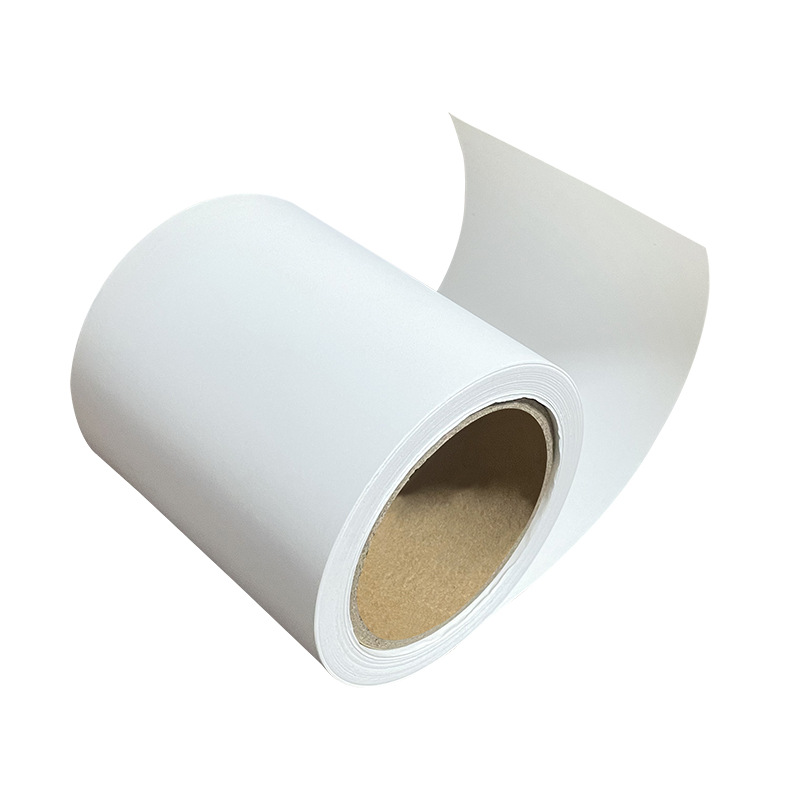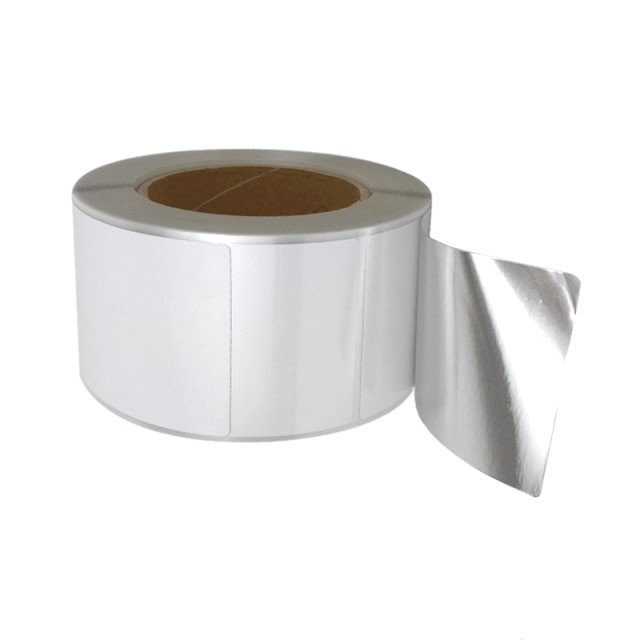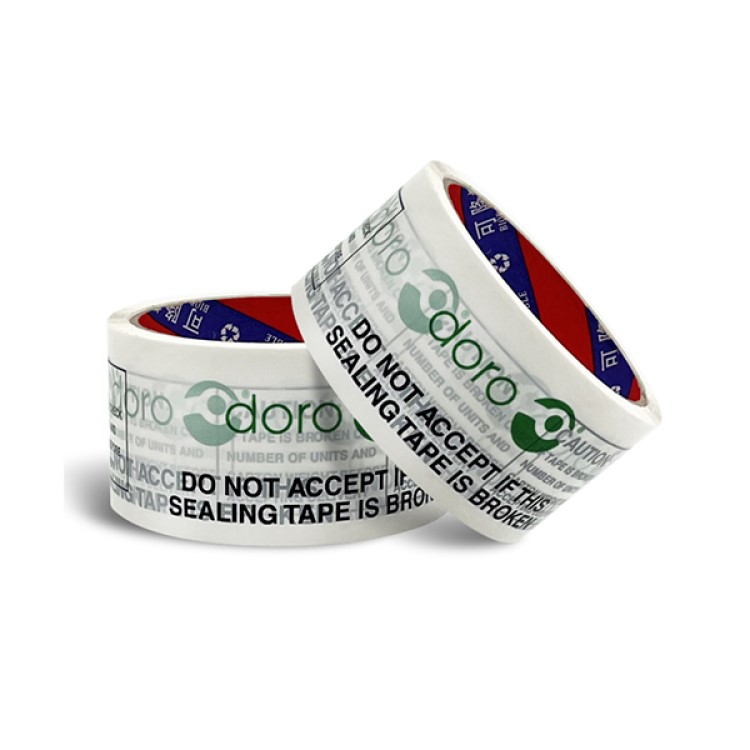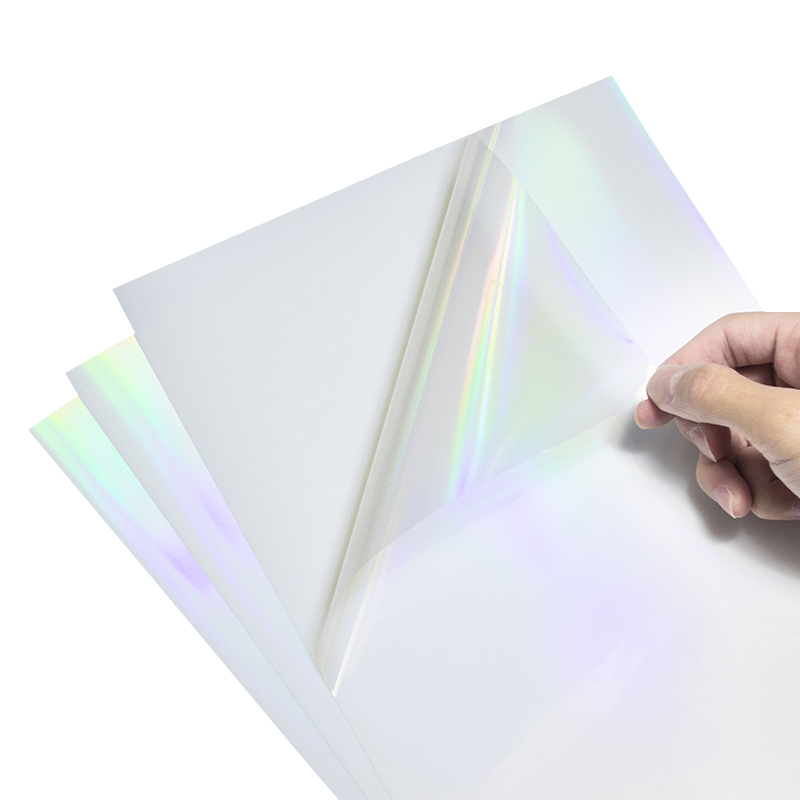
Meiwen Paper Adhesive Label
Although the adhesive of the masking paper is tight, it is easy to remove, and it also has high temperature resistance, melt resistance, and water resistance. It presents natural colors, excellent consistency, strong adhesion, and has a classical atmosphere
Advantages:It has a textured texture, retro, simple and atmospheric, high-end, and simple and elegant expression.
Usage:Label for products such as red wine, tea, cosmetics, etc
Introduction to Defects in adhesive labels
Raw material issues
1. The selection of surface materials is incorrect and cannot meet practical application scenarios, such as high temperature, low temperature, outdoor, humidity, etc
2. If the glue is not good or the selection is incorrect, choose the correct glue based on the surface condition and usage of the adhesive
The surface material is not easy to peel off, curl or peel off after pasting, etc
Production and processing issues
Printing factory generates processing problems: printing is not qualified or die-cutting is not qualified< br /> Unqualified die-cutting can also lead to printing failures< br /> The surface material is warped and the bottom paper is cut through, resulting in printing failure
Printing issues
The first choice is to choose thermal paper or non thermal paper according to the needs. Non thermal paper commonly includes copperplate paper, writing paper, synthetic paper, PET, etc. Choose the matching carbon ribbon according to the material and select the quality of the carbon ribbon based on specific requirements. The more expensive the better, the more suitable it is
Adhesive label plate making
After the order of adhesive labels arrives at the system, the first production process is plate making and digital printing. Plate making, also known as plate making, is currently equipped with CTP publishing equipment as standard in Century Kaiyuan Plate Making Workshop
CTP plate making:Images and text are directly made into printing PS plates by a computer through a CTP machine.
Traditional plate making:The computer outputs images and text through film to make film sheets, and then transfers the images and text to the printing plate through a plate drying machine.
Difference:CTP plate making saves one link compared to traditional plate making, which can improve publishing efficiency, reduce the need for image and text transfer, and make it faster and more stable.
Bubbling on self-adhesive labels
1. The adhesive coating is uneven. Due to uneven application of adhesive, areas with less adhesive cannot adhere well to the object being pasted, directly leading to blistering of the label
2. Poor design of the labeling machine's pressure wheel and insufficient pressure. When labeling, it is necessary to apply a certain amount of pressure evenly to the label to ensure that all parts of the label are fully bonded to the substrate being labeled. If the pressure applied by the pressure roller of the labeling machine is not sufficient, the problem of label foaming may occur
3. Penetration of solvents in printing ink. After label printing, some solvents in the ink may be activated due to factors such as temperature, pH, and environmental humidity, leading to permeation. If infiltration occurs, some organic solvents, plasticizers, etc. in the ink will react chemically with the adhesive, causing the adhesive to lose its stickiness and the label surface to bubble
4. The surface of the adhered object is not clean. Before labeling, the surface of the adhered object may be covered with dust, particles, and other dirt. For example, if the surface of the adhered bottle is not cleaned thoroughly, the adhesive label and the bottle body will inevitably not be in complete contact, resulting in bubbles
5. The influence of the drying process. The drying method of ink in the offset printing process is oxidative polymerization, which is suitable for paper materials and not suitable for film materials. The solvent based ink drying method commonly used in screen printing is volatile film coating. If a thin base paper material is used during the drying process, adhesive labels may deform and bubble
6. Electrostatic effect. Static electricity effect is an inevitable and serious problem in the production process of adhesive labels. What we need to do is to eliminate static electricity in a timely manner during the label production process. The commonly used method is to connect outdoor wires or keep the workshop floor moist
Adhesive labels lifted up
1. Adhesive viscosity is too weak: a suitable adhesive material should be selected
2. Insufficient pressure on the pressure roller of the labeling machine: Adjust the pressure roller
3. The quality or type of label surface material does not meet the requirements: When selecting label surface material, consideration should be given to whether the labeled object is flat or curved, large or small diameter, single curved or spherical, rigid or compressible. These indicators are directly related to the selection of surface material. Soft bottle bodies should be made of synthetic materials such as PE, PVC, and unstretched PP, while hard bottle bodies can be made of PET, BOPP, or PS materials
4. Improper selection of adhesive: When choosing adhesive for self-adhesive labels, the first step is to determine whether the adhesive required for the label is permanent or removable, whether it can be applied once or reapplied, and whether the product has special requirements for the chemical properties of the adhesive for self-adhesive labels. For example, when labeling on surfaces with large curvature (circular substrates with a diameter less than 2cm), thick or hard paper materials (such as mirror coated paper) should not be used as the surface material. Instead, thin films or thin soft paper materials and adhesives with high initial viscosity should be used; For containers that require hot filling, it is advisable to use thin film materials and adhesives with good initial viscosity for the adhesive material surface
5. Poor control of laminating tension: After correctly laminating, the label is peeled off from the base paper and is flat without curling, and the label can maintain good followability after labeling. After the label with too tight film tension is peeled off from the backing paper, the label will curl up, which can easily cause the label edge to peel off and curl up after labeling
6. Unreasonable bottle shape design: A reasonable design should have a flat surface within the labeling range of the bottle (mainly in the design of flat circular bottle bodies). If the surface within the labeling range is partially spherical, the area is large when using paper labels for labeling, and the lower end is prone to wrinkling on both sides after labeling
We offer comprehensive technical support, including free professional labeling solutions, advice on label materials and adhesive selection, as well as online/offline assistance from professional software and hardware engineers. Service email: andy@ownlikes.cn. In pre-sales, we leverage our extensive experience in specialty labeling projects to provide clients with the most suitable hardware solutions. Additionally, all our label barcode printers and scanners come with a three-year free warranty, demonstrating our confidence in our products.






This site is protected by reCAPTCHA and the Google Privacy Policy and Terms of Service apply.